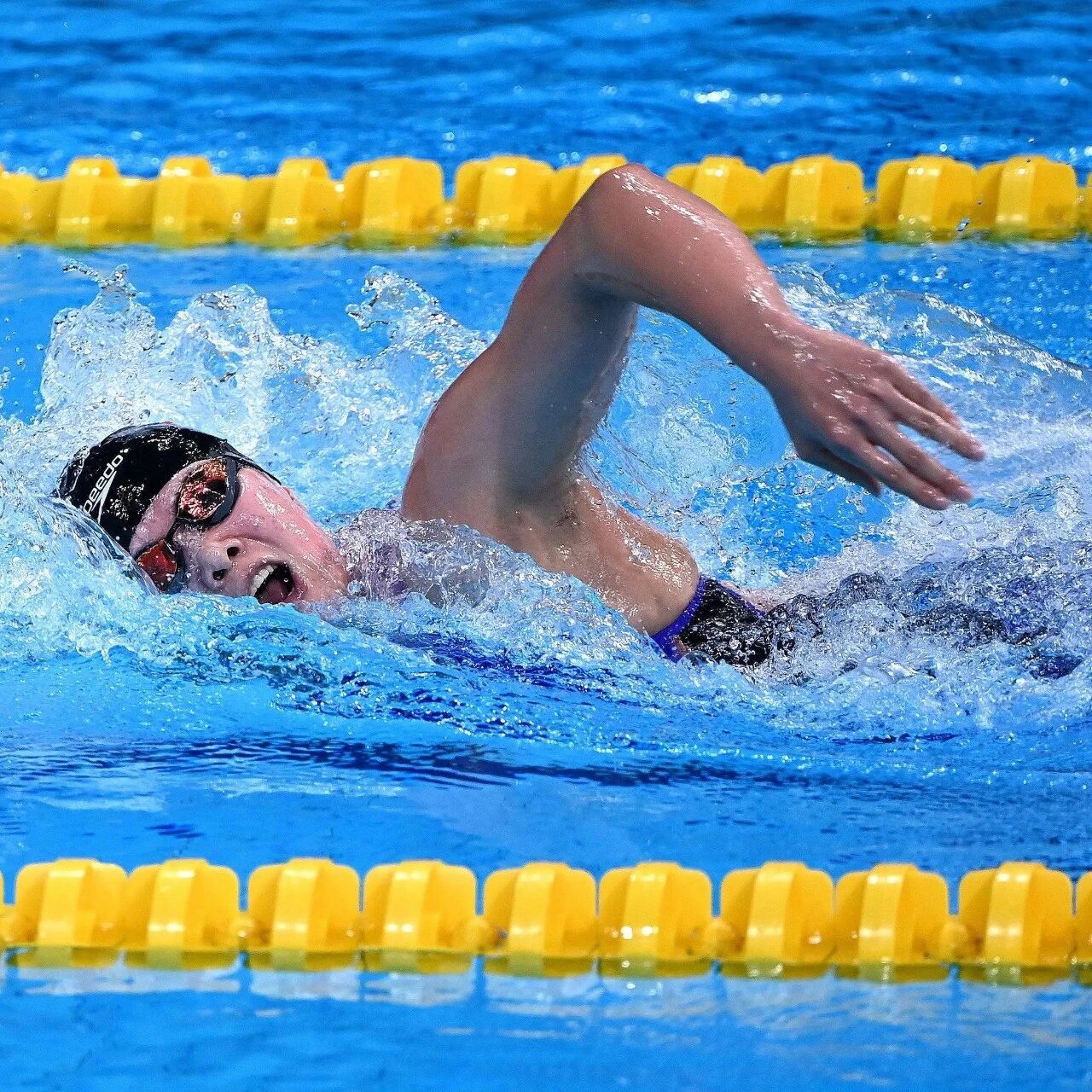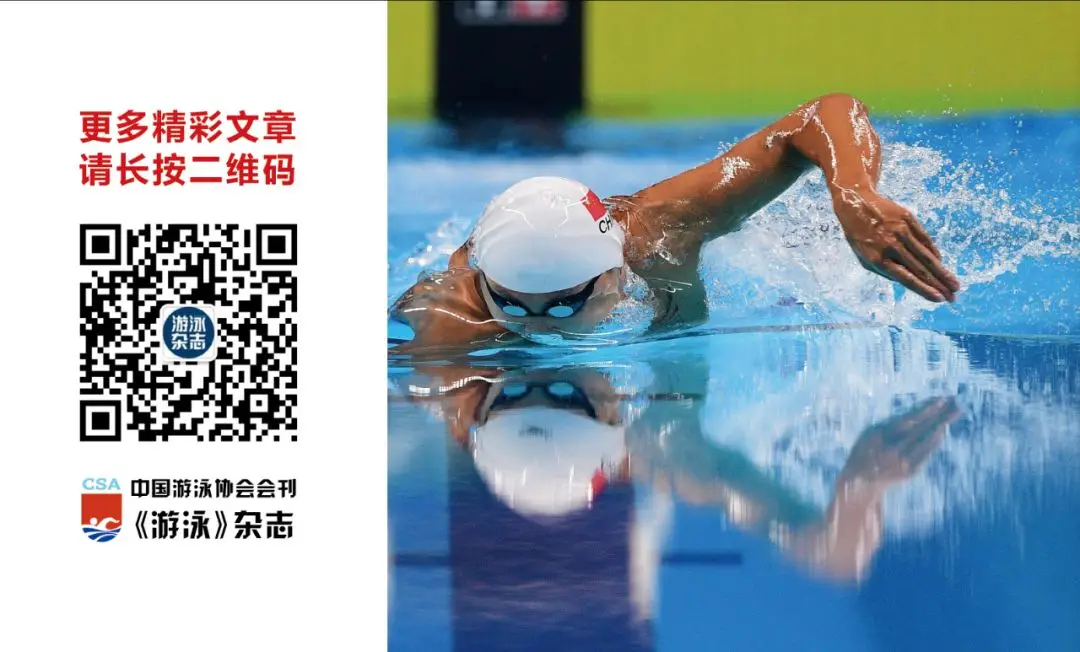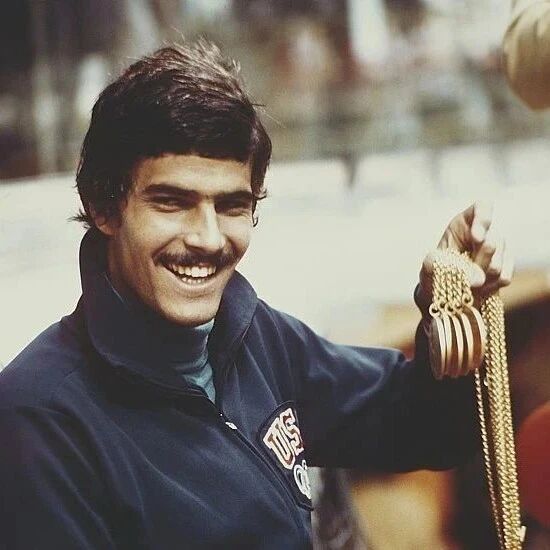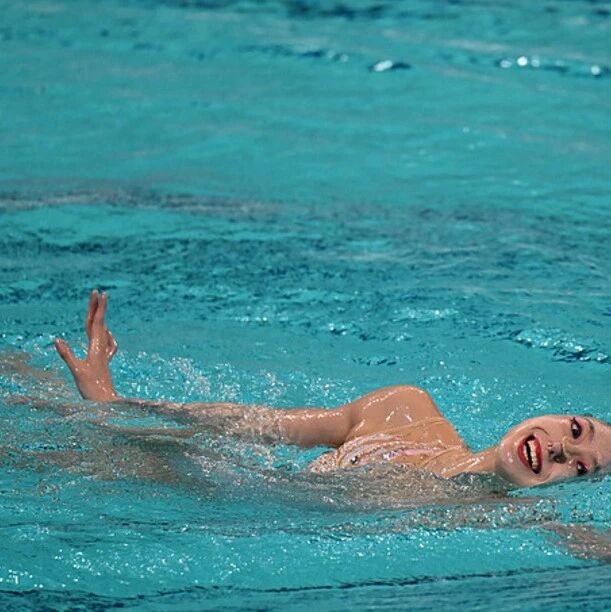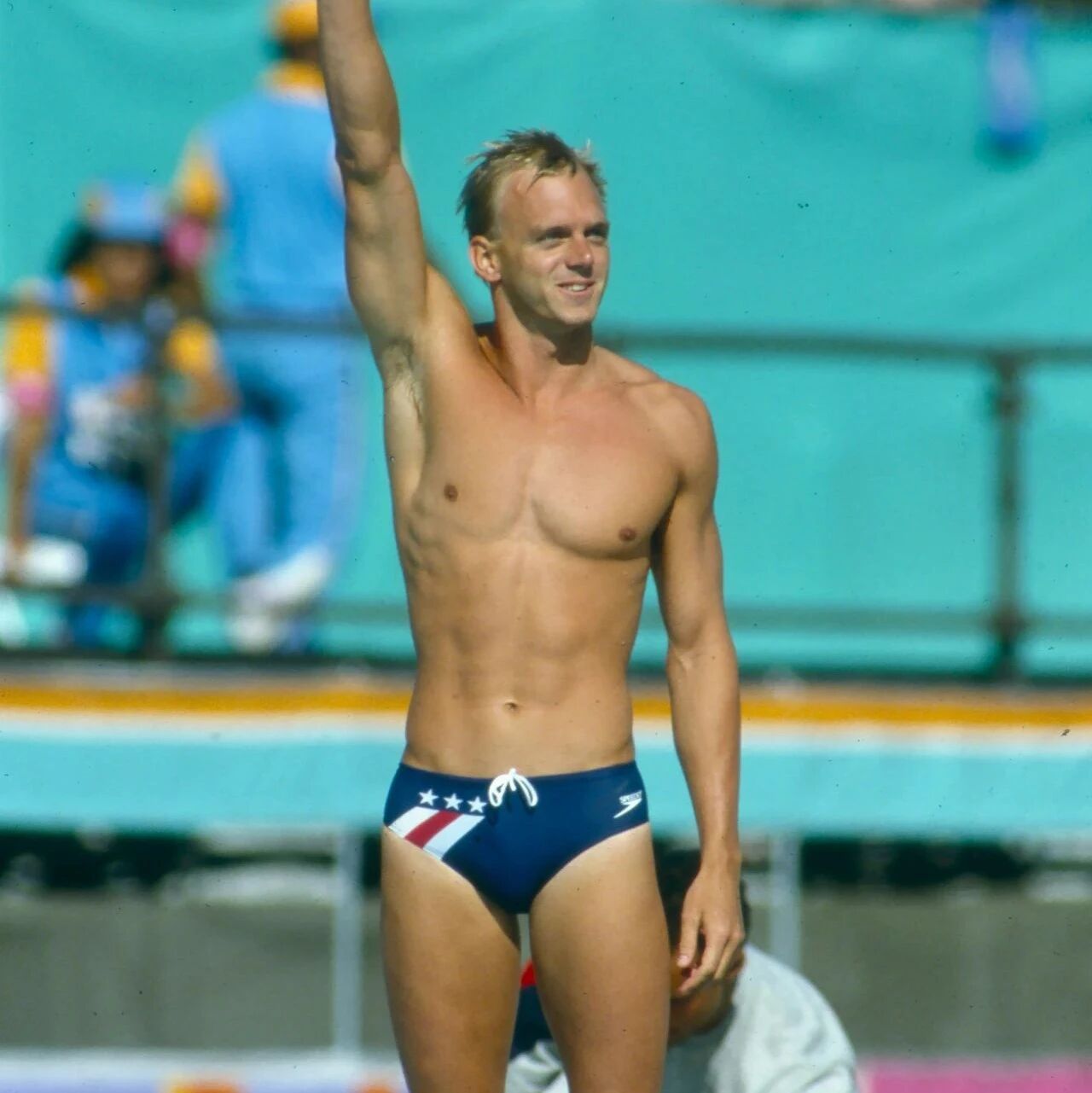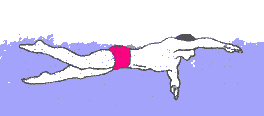

Swimming is a sport practiced by athletes who possess patience. Mastering efficient swimming techniques requires both time and focused dedication, and maintaining those same skills across various race distances demands even more perseverance and commitment. In swimming, it’s rare for athletes to feel immediate gratification—instead, success often comes only after enduring long-term, patient, and disciplined training, coupled with unwavering dedication.
Repeated practice is the key to improving swimming technique. Experience has shown that frequent practice accelerates the pace of technical improvement. Moreover, in swimming, athletes rely on repetitive arm strokes to propel themselves forward—so mastering the correct stroke technique is crucial, both during training and in actual competition. If an athlete develops incorrect movements during regular practice, it becomes incredibly challenging to execute the right technique during a race. Like learning most skills, once bad habits take hold while swimming, they can be extremely difficult to break.
When performing swimming technique drills, it’s crucial to grasp the key focus of each exercise. You must clearly understand: What is the intended goal of the practice? What exactly are you working on? And most importantly, do you notice any improvements as you go along? Throughout the session, keep these key questions in mind at all times.
If you fail to address the aforementioned issues throughout the assisted technique practice, it won’t help you effectively improve your skills. The reason is that practicing without clear goals—simply going through the motions mindlessly and aimlessly—may make athletes feel relaxed, but it won’t lead to any meaningful improvement. Therefore, it’s crucial to pay close attention to how you use assistive techniques during practice to achieve optimal training results.
Body position is the foundation of efficient swimming. Investing a little time and effort to maintain the correct body posture while swimming is well worth it. Athletes floating on the water, if they can keep a proper body alignment with minimal resistance, can maximize the effectiveness of their arm and leg movements—and ultimately swim faster. On the other hand, if the body fails to maintain an optimal swimming posture, no matter how hard you pull your arms or kick your legs, the payoff will be limited.To swim fast, you must master your kicking technique. The quality of your kicks depends on the flexibility of your joints and the speed of your leg movements. Athletes with strong kicking skills typically also have excellent endurance—a key advantage in their performance. Often, the intensity of a swimmer’s kicks can even determine the outcome of the race. Moreover, proper kicking helps maintain a balanced swimming posture and ensures a smooth, rhythmic motion throughout the stroke.Among all swimming strokes except breaststroke, the arms generate the greatest propulsive force, which is why swimmers pay special attention to perfecting their arm movements—aiming to execute them with precision and fluidity. In this article, the term "arm movement" specifically refers to the propulsion phase of the stroke cycle, focusing on the underwater part of the arm sweep. Key elements of the arm movement include the catch, the hand’s path through the water, elbow positioning, and the acceleration phase of the stroke. These components are critical factors that directly influence both swimming efficiency and speed. Moreover, the arm stroke not only affects the swimmer’s pace but also plays a vital role in maintaining optimal body posture during the swim.The most overlooked movement during a swimmer's stroke is the arm recovery phase. Since this phase occurs above the water, it doesn’t significantly impact the body’s forward speed through the water. As a result, swimmers often don’t dedicate much time or effort to refining their recovery technique. Instead, they tend to focus more on how the recovery affects the body’s balance and posture. Moreover, as the term "recovery" itself suggests, the arm gets a chance to rest briefly during this phase—so making sure to relax when resting is another key aspect of mastering the recovery motion.As with all other sports, breathing plays a critical role in swimming by supporting muscle movement. Since swimmers typically have their faces submerged in the water for most of the time, proper breathing becomes even more essential compared to athletes in other sports. Consequently, breathing is an integral part of swimming technique, and breathing skills must be seamlessly integrated with arm and leg movements. Incorrect breathing techniques can disrupt the fluidity of the swim stroke, ultimately slowing down performance. That’s why it’s crucial to focus on refining breathing skills to maintain smooth, continuous motion throughout the swim.The unique aspect of swimming is that athletes propel themselves forward from a floating position—unable, unlike land-based athletes, to rely on stable support or sustained propulsion. Instead, swimmers must internally generate a lever-like effect within their bodies, creating an efficient and continuous mechanism that helps them move effectively through the water while maintaining buoyancy.Many effective movements in the swimming process can both enhance and counteract each other. Top-level swimmers excel at combining individual, relevant actions into a chain reaction, which helps accelerate the body’s forward motion.
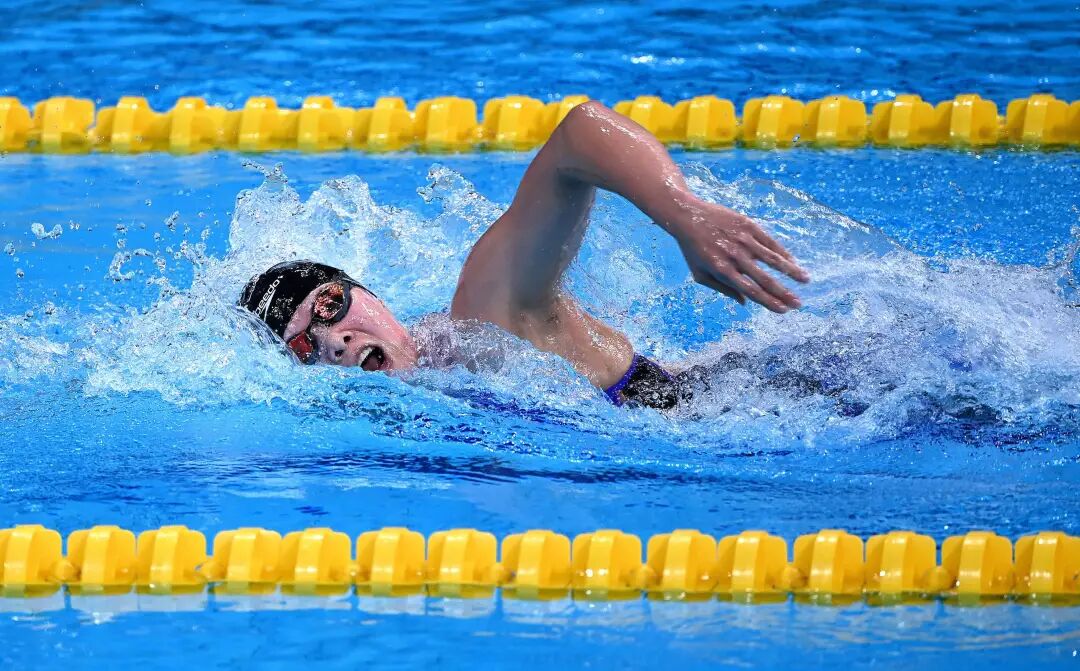
Subscribe to Swimming Magazine—right here!👇Submissions are welcome! Please send your manuscripts to the editorial office of *Swimming* magazine at: [email protected]
